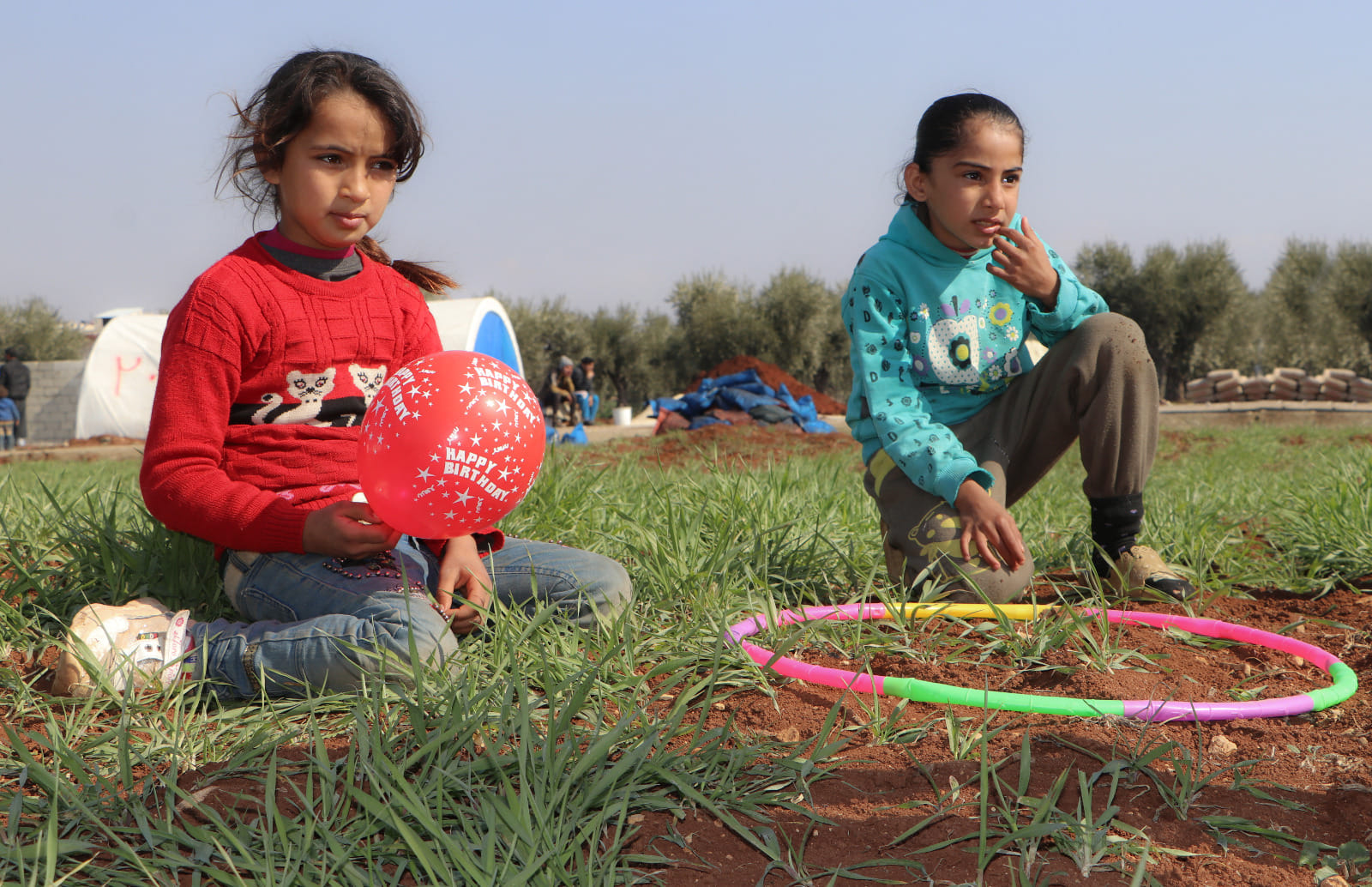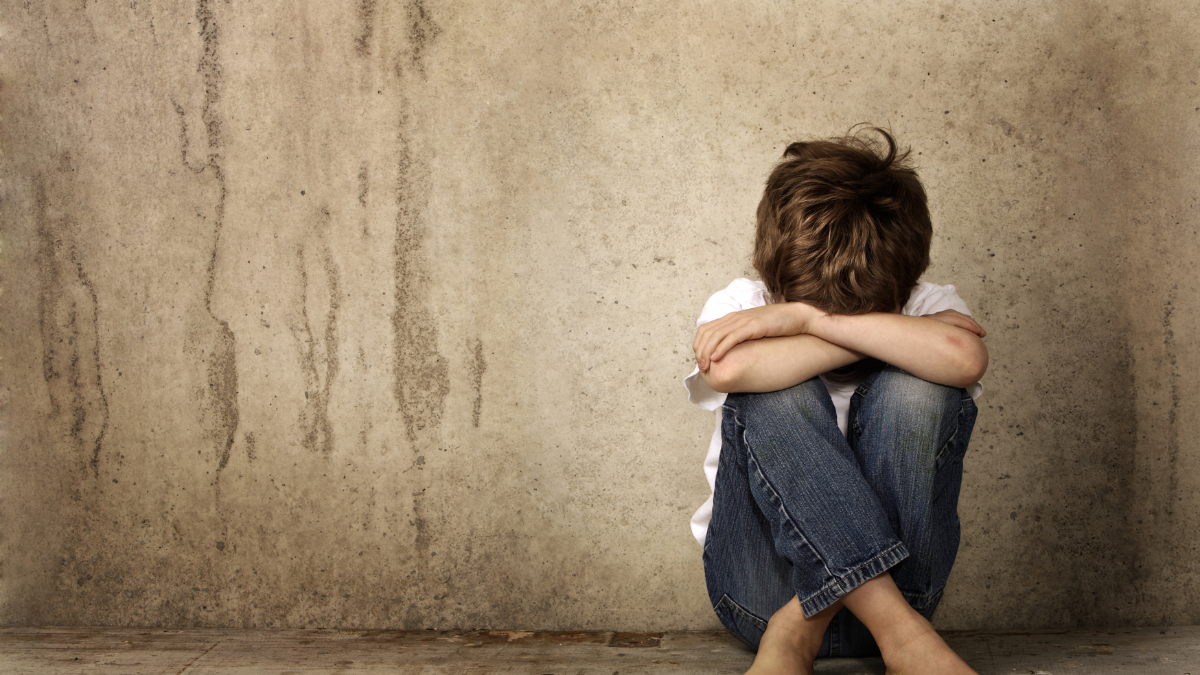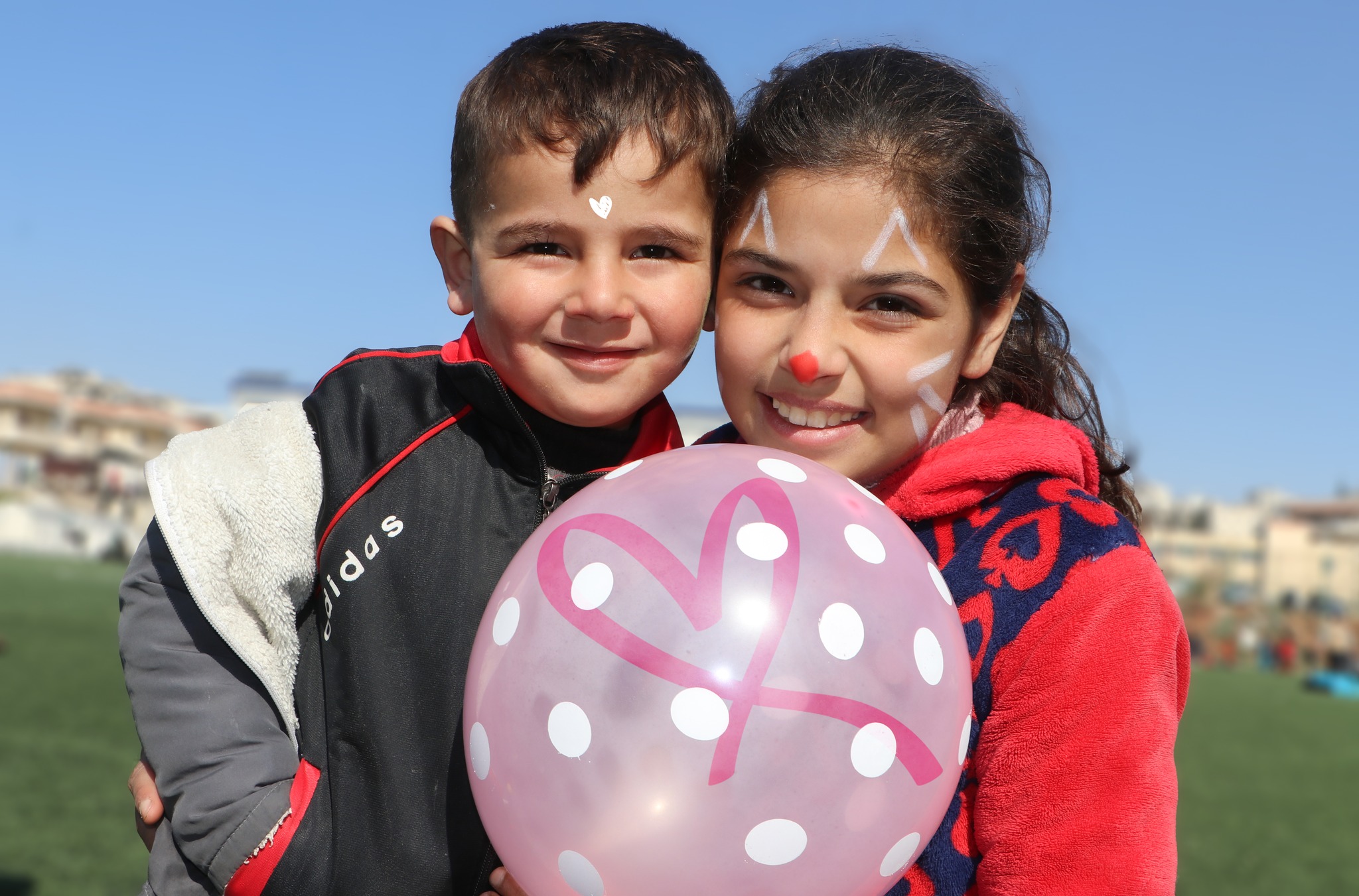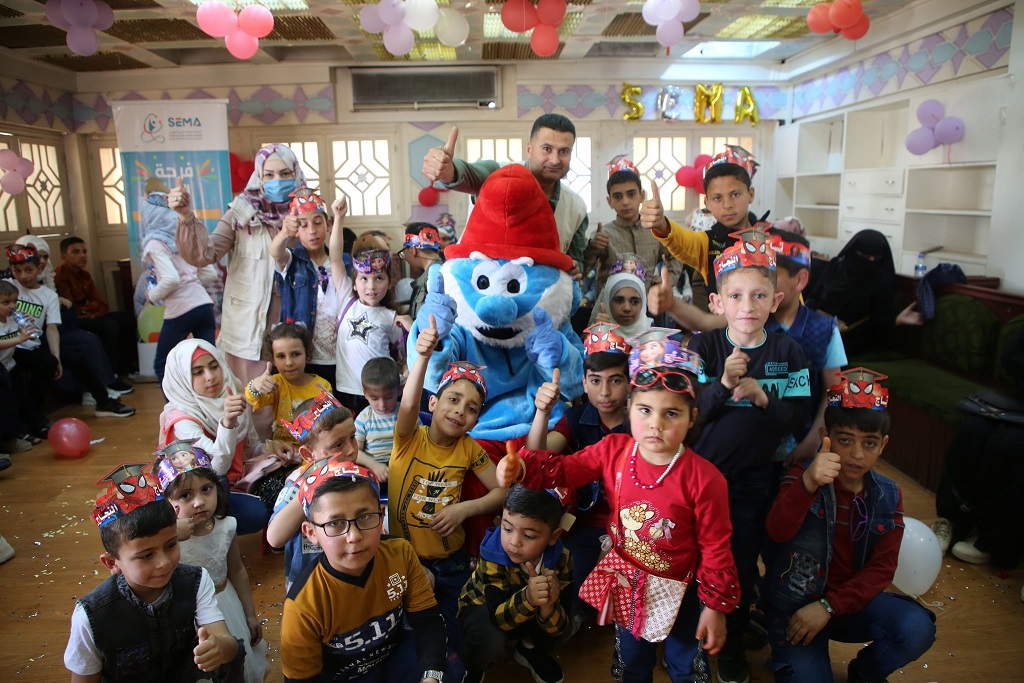Child abuse is one of the most severe issues that threaten the health and safety of children worldwide. This is because millions of children worldwide are being exposed to various forms of violence, neglect, and abuse; be it physical, psychological, emotional, or sexual.
In this article, we will investigate the psychological consequences that child abuse causes to children, how to overcome child abuse, and the methods of raising awareness against it in our societies.
Facts about child abuse
In their latest reports, the World Health Organization (WHO) and the United Nations Children’s Fund (UNICEF) issued a set of dangerous facts about violence and abuse against children, including the following:
- It is estimated that 1 billion children between the ages of 2 and 17 have been physically, emotionally, or sexually abused worldwide in the past year alone!
- Exposure to childhood abuse negatively affects health and well-being throughout life.
- About 15 million girls between the ages of 15 and 19 have experienced forced sex.
- More than 30% of students between the ages of 13 and 15 experience bullying worldwide.
- About 25% of children under the age of 5 live with a mother who is a victim of intimate partner violence.
- About 75% of children between the ages of 2 and 4 are regularly subjected to violent discipline by their caregivers.

Effects on mental health and development
Child abuse has catastrophic effects on health and well-being that last for a lifetime, leaving many emotional, psychological, and physical scars that impede the proper mental development of the child.
The effects of child abuse on mental health:
- Lack of self-confidence and low self-esteem.
- Constant feelings of fear, guilt, and self-blaming.
- Problems of anxiety and post-traumatic depression.
- Difficulty forming relationships with others.
- Having trust issues and anticipating harm from others.
The effects of child abuse on child development:
- Experiencing learning disorders and language impairment.
- Difficulty concentrating, understanding, and memorizing information.
- Dyslexia problems.
- Delayed growth.
- Showing aggressive or criminal behaviors.
- Tendency to abuse drugs or alcohol.
Prevention strategies for parents and caregivers
Our activities at SEMA are aimed at protecting children and providing advice and guidance on what parents and caregivers can do to prevent child abuse. Such guidelines include the following:
- Educate yourself about the different forms of child abuse, including physical, psychological, and sexual, in order to deal with it as soon as you recognize any of them.
- Teach your children what to do in case they get exposed to any form of abuse wherever they are.
- Adopt positive practices of disciplining your children and avoid violent acts.
- Give reassurance and unconditional love to your children constantly.
- Talk to your children regularly to know whether they have fears or if there’s anything that bothers them.
- Suppress your anger when disciplining your children and seek help if you have anger issues.
- Do not hesitate to seek help from psychologists, social workers, or other professionals on the best practices for dealing with your children.
Increasing awareness in schools and communities
Going to school and getting an education without fear or intimidation is one of the most fundamental rights of children anywhere. Yet, for many children and adolescents, school is where they experience violence and physical, verbal, and sexual abuse.
Abuse and humiliation inflicted by school peers, teachers, or administrative bodies on children must be prevented. This is because abusive acts have a negative impact on students’ psychological and mental health. We can raise awareness of the risk of child abuse through the following actions:
- Enacting laws to prevent corporal punishment and violence in schools.
- Training teachers to protect children’s mental health.
- Organizing events and campaigns to raise awareness of the danger of child abuse.
- Implementing measures to prevent all forms of bullying among peers.
- Inflicting severe punishments on teachers who try to harass children sexually and banning them from teaching.
- Setting up confidential and safe reporting mechanisms for children who face abusive behaviors in schools.
Raising awareness of child protection
Raising child protection awareness through different means is crucial in protecting children from abuse, violence, and neglect as well as ensuring their well-being. Here are some of the most essential methods to raise awareness of child protection:
- Informing the public about what to do if they suspect a child has been exposed to abuse or violence.
- Dedicating some of the community events to raising awareness of child abuse.
- Using the power of media and social media platforms to educate people about the harms of child abuse.
- Partnering with organizations working on child protection measures to raise awareness of this topic.
Promoting positive attitudes towards reporting abuse
Abused children or their parents are usually reluctant to report the perpetrator because of their fear of retaliation or exposure to danger. In addition, this attitude might stem from their fear of the wrong societal views of the victim, especially when it comes to mental or psychological problems or sexual abuse.
Failure to report child abuse has many consequences for abused children, their families, and society. Therefore, it is imperative to promote positive attitudes toward reporting abuse by highlighting its importance, encouraging people to do so, and showing that reporting abuse is a responsible and courageous action.

Role of SEMA in reducing child abuse
Millions of refugees and displaced children suffer from various forms of abuse, catastrophic living conditions, and the mental and psychological torment they went through during the war.
We can all work together to ensure all children are protected and safe from abuse. You can now support the mental and physical health of refugee children in Syria through the “SEMA” Organization, which aims to protect children through the following measures:
- Providing psychological and emotional support services for children.
- Raising parents’ awareness of the danger of child abuse.
- Providing medical care for children with physical injuries and permanent disabilities.
- Taking care of orphans who lost their parents in the war.
- Protecting children who have been subjected to violence from their families.
FAQ
What are the signs of child abuse?
Signs of child abuse can include
Physical signs, such as bruises or broken bones.
Behavioral changes such as aggression or social withdrawal.
Emotional symptoms, such as fear or anxiety.
Sudden changes in eating or sleeping patterns.
Depression and fear of a specific adult.
What classifies a parent as abusive?
An abusive parent is a person who abuses his child and harms his mental and physical health with actions such as hitting, yelling, neglect, sexual abuse, or any other form of abuse.
Why does abuse happen?
Some of the risk factors that cause child abuse include
Lack of access to education and educational resources.
Drug or alcohol addiction.
Previous experiences of abuse.
Lack of understanding of the appropriate parenting methods.
Poverty and ignorance.
Normalizing child abuse in some societies and not punishing aggressors.




